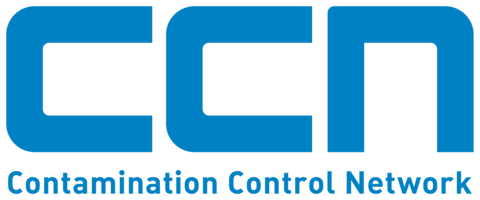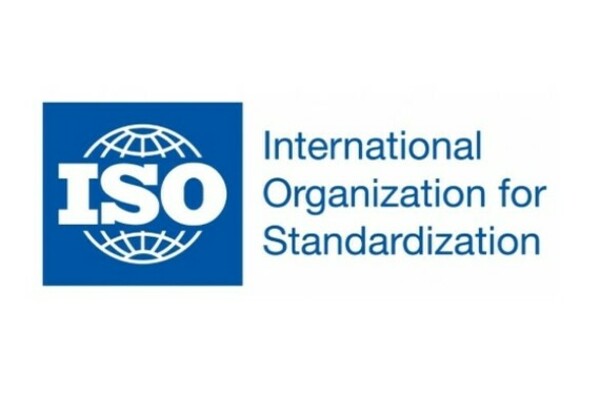
Introduction
BS EN ISO 14644-4 2001 has been one of the key documents in the cleanroom standards family since its publication over 20 years ago. With the advances in contamination control and cleanroom technology and the changes in cleanroom design processes, the standard needed to be brought in line with current best practices. The standard has undergone a transformation and was issued as a Draft International Standard (ISO/DIS 14644-4) in quarter 4 of 2021 for public review and comment. The commenting period has just recently closed.
The process
Work commenced on an update back in 2015 within the ISO Technical Committee ISO/TC209, with the formation of a working group (WG4). A committed group of national experts from across the globe were commissioned to update the current standard. Some key elements for consideration were:
Advances in cleanroom design
The impact of energy efficiency requirements Dismissing myths and misinformation
Document structure, length and readability
Over a dozen meetings have been held face to face (pre-COVID pandemic), and more recently, there has been virtual online meetings, all to review and progress this Part 4 update.
The document has already gone through two formal Committee Drafts (CD), one in 2019 and another in 2020. Both were reviewed within member organisation mirror groups, with many comments and recommendations delivered back to the working group.
WG4 gave these comments on both CD documents due consideration, and the document was updated. This enabled the ISO/DIS 14644-4 to be issued for public comment on 11 October 2021. All member organisations had to submit their comments and vote on the DIS by 03 January 2022. In Great Britain, for example, The BSI Cleanroom Technology Committee LBI/30 collated and reviewed all general, technical, and editorial comments from within its committee plus those received from external sources. A full set of comments were issued back to ISO/TC209 at the end of 2021.
In early 2022, these comments will be reviewed by the ISO/TC209 working group, and the DIS updated accordingly. There may then be either another DIS or the document will move to FDIS (Final Draft International Standard). If the document moves to FDIS, only comments that can be considered will be editorial.
We expect to see a new BS EN ISO 14644-4 issued within the next 12-18 months.
What changes can we expect to see?
Whilst no confirmed statement can be made as to what the final content of the new standard will be, the DIS is a good measure of what it is likely to look like. The main changes between the 2021 DIS and the original 2001 published standard are:
The layout of the document now has more structured with a logical order
The scope is extended to include additional cleanliness attributes
The normative part has been expanded to provide more mandatory elements to consider
The process of defining requirements has been expanded
Information on calculating efficient airflow rates for maintaining cleanliness has been provided.
The layout of the DIS has 4 normative sections covering Requirements, Design, Construction and Start-Up. Each has a related Annex (Annexes A to D), providing additional informative guidance on its associated normative part. This is intended to make the document flow in a more chronological order, in line with a typical cleanroom construction project.
Since the current standard was issued over 20 years ago, the ISO 14644 family has seen new standards for monitoring of other cleanliness attributes, such as air cleanliness by chemical concentration (Part 8), surface cleanliness by particle concentration (Part 9), and surface cleanliness by chemical concentration (Part 10). These new standards needed to be considered in this updated Part 4.
The normative part of the DIS has an expanded requirements section. As requirements, often referred to as user requirements, are a crucial input into the design process, better guidance was deemed necessary. The design section has been expanded to provide information and guidance on design stages (Conceptual, Basic, Detailed). With the normative continuing with Construction, including information on clean build protocols. The last section of the normative provides information on Commissioning, including setting to work and verification, as well as Training and Handover. There is a list of documentation required to support handover.
Each Annex has been restructured to support its related normative section, and the content updated. Each Annex in the DIS currently has a dedicated “Checklist” acting as a cross-reference of things to consider at each part. Verification requirements for each stage now also sit within their relative Annex.
The Annex relating to Guidance on Design (Annex B) now has a key new section for the calculation of air volume flow rates for non-UDAF cleanrooms. It includes information on the impact of contamination sources, their source strengths and system ventilation effectiveness on cleanliness, so this can be considered when designing the layout and required airflow rates for a cleanroom. This is an important update and helps to dispel the myths around selecting air change rates as the primary design consideration for the calculation of airflow. The current 2001 standard provides misleading and potentially incorrect information on the selection and use of air change rates depending on cleanliness classification. This DIS has removed reference to air change rate values.
Guidance on Construction (Annex C) concentrates solely on the construction period. Elements like material selection have moved to the Design Annex. This ensures Annex C addresses the construction period and process, including more guidance on the suitability of final finishes and the implementation of clean build protocols.
The last Annex, Guidance on Start-Up (Annex D), takes us through the post-construction period up to the handover providing information on setting to work and verifications that form a fundamental part of the Commissioning of an installation.
Summary
The DIS has changed from the current 2001 version; it is easier to read and has a more logical order and relevant content. Misleading guidance has been removed, and the standard feels like a more helpful tool for cleanroom owners, designers, constructors and verifiers.
Keep your eye out for this crucial standard's next stage of development.
Book your place on the next CTCB-I Cleanroom Testing course!

